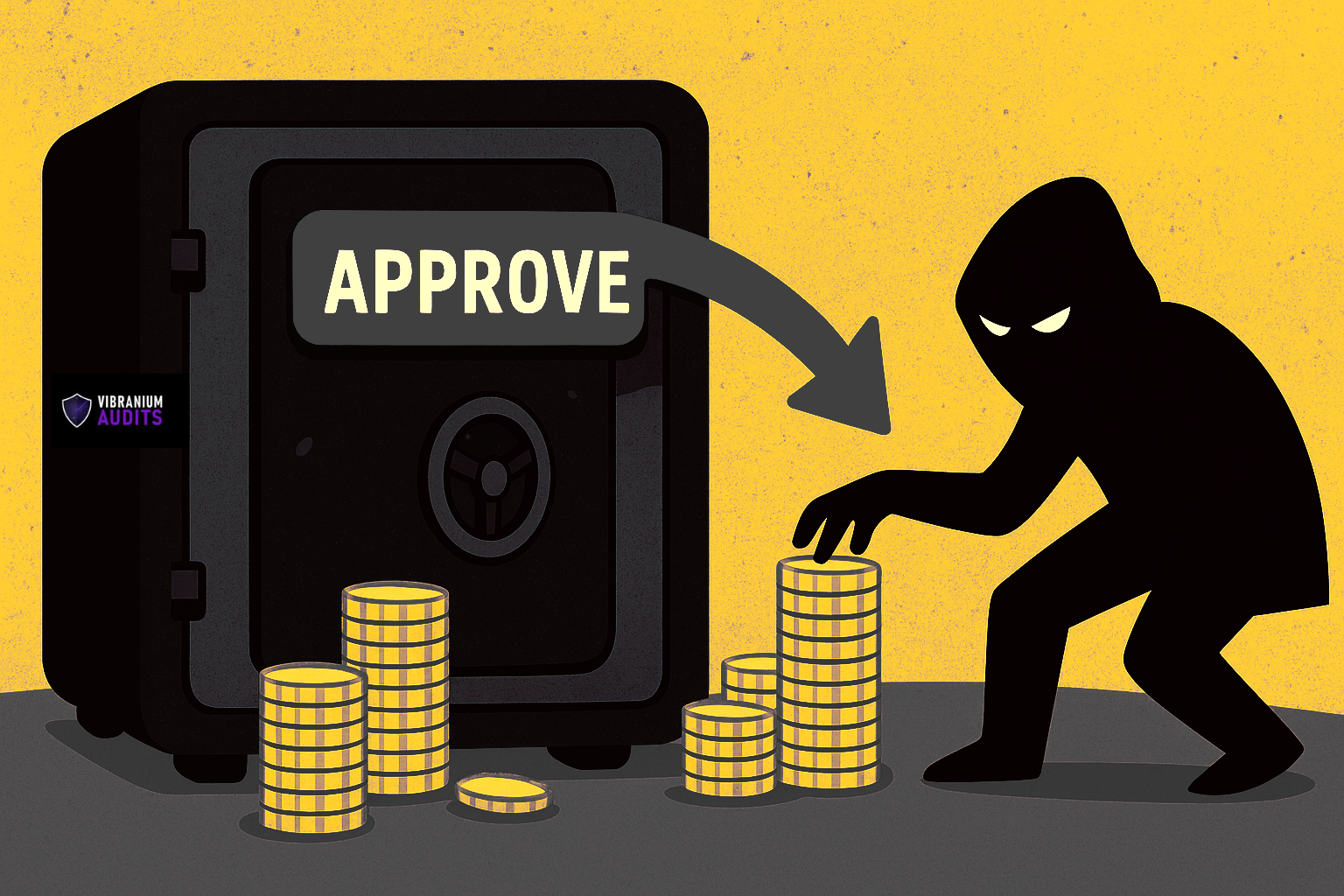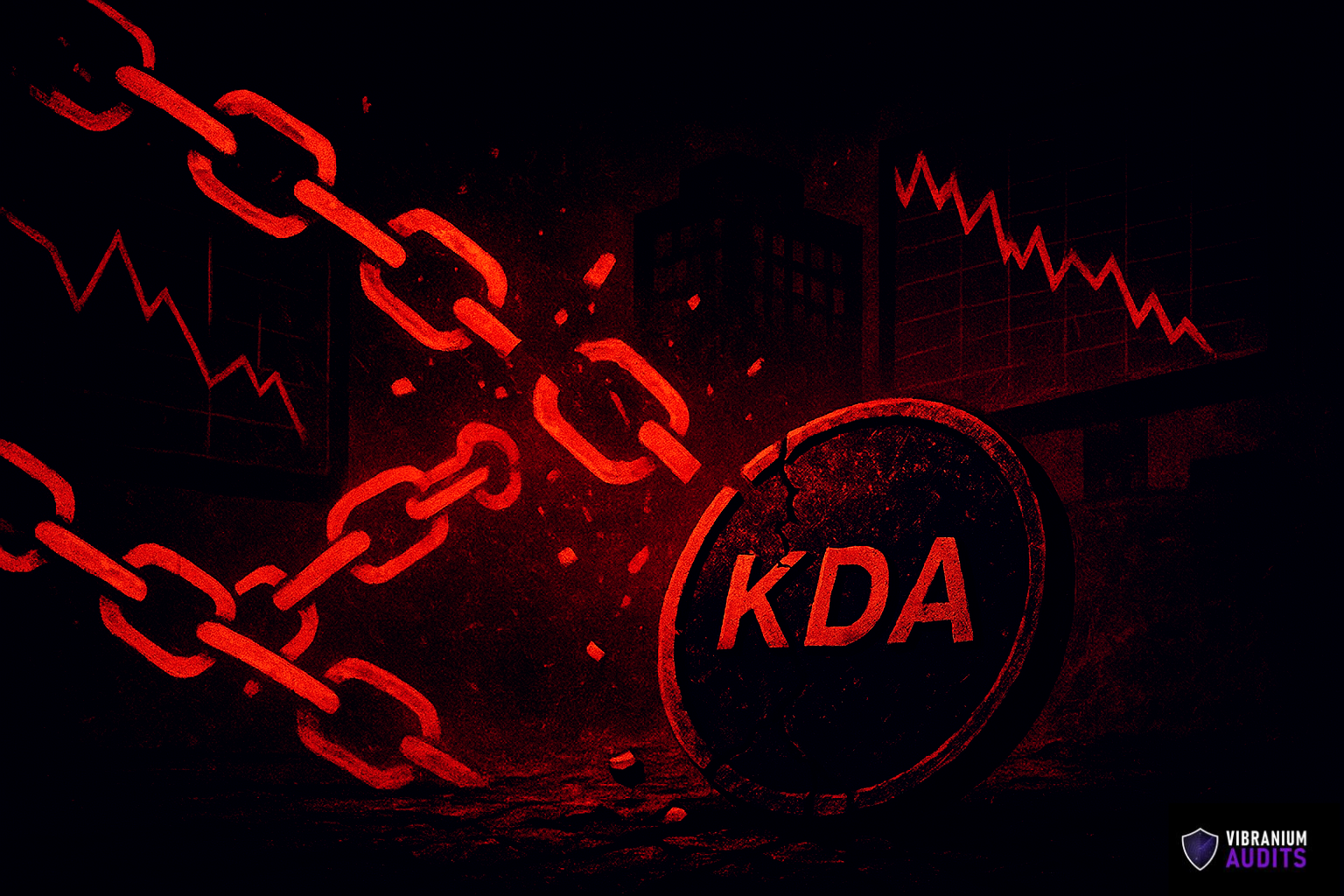Coinbase was once touted as the crypto exchange where everyday investors could buy Bitcoin without fear of scams or technical mishaps. Yet a string of avoidable security lapses has placed that reputation under severe strain, with critics asking whether the platform meant to protect institutional and retail capital is now its own greatest risk.
From “Safe” to Sloppy
Coinbase’s brand has long rested on being the responsible alternative to offshore platforms, a “safe harbor” for both retail investors and institutional funds. But recent incidents suggest that image may be little more than marketing.
Earlier this month, roughly $550,000 was siphoned from Coinbase’s fee collection wallet after an employee granted a careless ERC-20 approval — a mistake that could have been avoided with basic diligence and proper documentation. Industry observers note the approval was so reckless that “a teenager could have pulled it off,” referencing long-published guidance from 0xProject that went ignored.
The episode followed other blunders, including social-engineering phone calls that tricked staff into granting attackers deep access, costing hundreds of millions in lost user funds across multiple cases. These are not complex zero-days or sophisticated nation-state attacks. Instead, they are simple operational failures exposing structural weaknesses in a firm that markets itself as crypto’s adult in the room.
Institutions Move In, Exchanges Falter
The timing could not be worse. With Bitcoin ETFs gaining traction, institutional flows hitting record highs, and even U.S. presidential candidates proposing to add crypto to strategic reserves, mainstream adoption is accelerating. In theory, Coinbase should be the natural custodian of that influx — the compliant, regulated exchange bridging Wall Street and blockchain.
But every high-profile slip undermines that case. “When a firm positioned as crypto’s most trusted custodian keeps losing money to avoidable errors, the question isn’t whether users should worry. It’s whether institutions can justify entrusting billions more to a system that clearly isn’t battle-ready,” one analyst told CryptoNews.
Growing Pains or Negligence?
Some within the industry dismiss these incidents as the teething pains of a still-maturing market. Yet others argue they reflect something deeper: negligence disguised as complexity.
The argument is straightforward. If Coinbase’s business model is predicated on being the safest exchange, it cannot simultaneously excuse failures as the unavoidable hazards of running infrastructure at scale. Users expect a standard closer to traditional finance, where “losing half a million because someone didn’t read the manual” is not tolerated.
As one security researcher put it, “This isn’t about crypto being risky — it’s about Coinbase failing at the basics.”
What Comes Next
Coinbase faces a paradox: it is both the gateway through which institutions enter crypto and the exchange repeatedly spotlighted for its operational missteps. If it cannot shore up internal processes, the reputational fallout could limit its ability to remain the sector’s de facto custodian.
For an industry eager to shed its image of scCoinbase’s Fee Wallet Drained for $550K—All It Took Was a Blind Approvalams and hacks, having its most visible exchange stumble over fundamentals could prove more damaging than any bear market.










